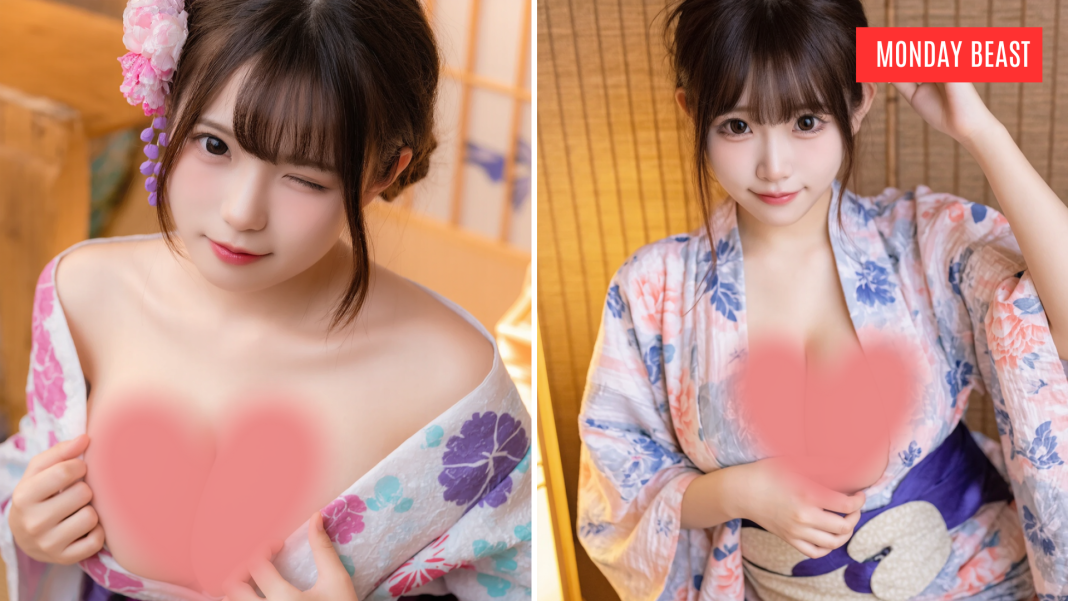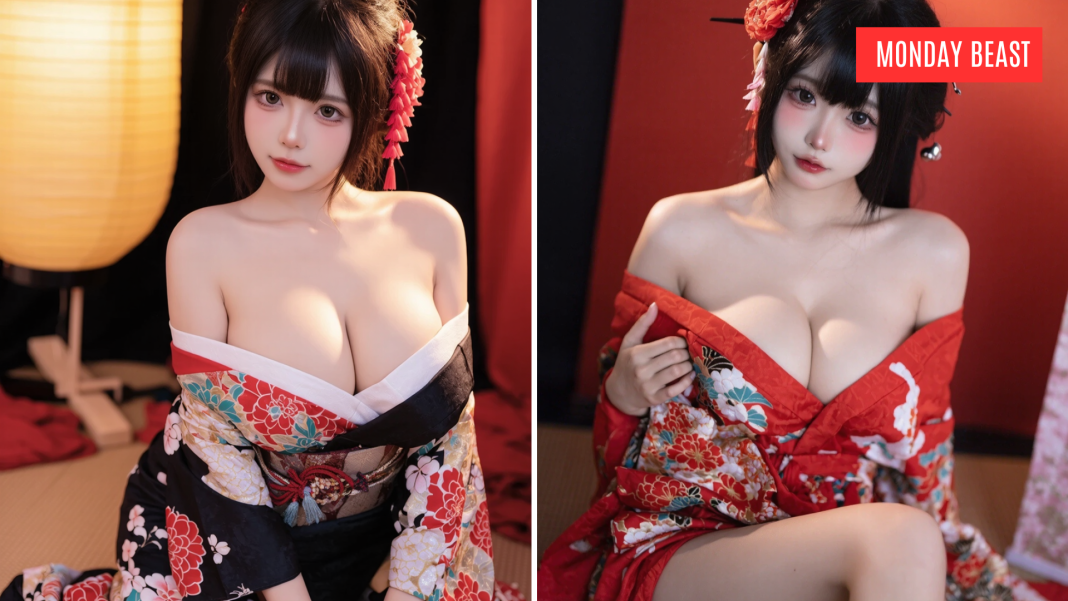The world of geisha is captivating. But what do we really know about them? This article explores the art, tradition, and societal impact of geisha in Japan. Can their legacy still inspire us today? Join us on this journey.
Origins of Geisha in Japan
The geisha tradition dates back to the Edo period. This era was a time of cultural vibrancy in Japan. Originally, male entertainers known as ‘taikomochi’ performed for nobility.
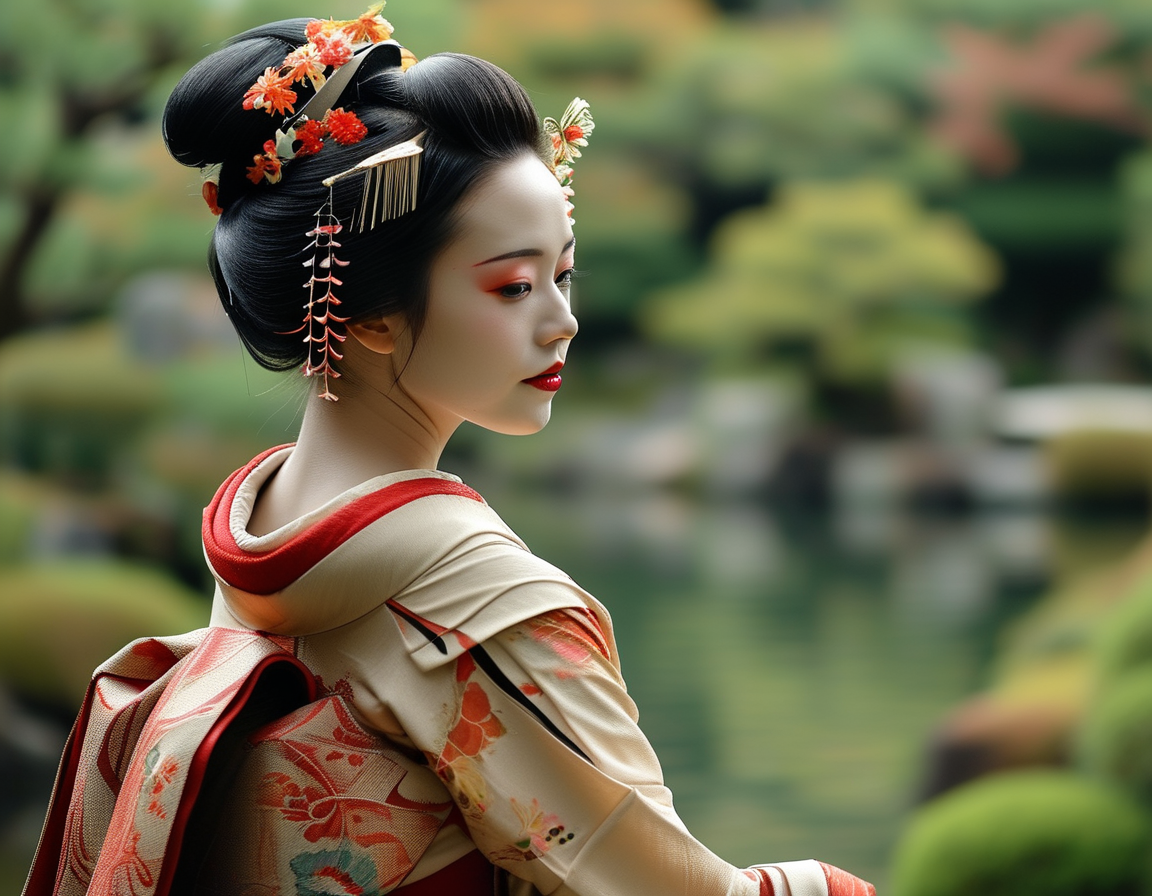
However, by the 18th century, women stepped into this role. The shift was significant. Female geisha began to dominate the entertainment scene. They were skilled in various arts.
But why did this change happen? Society started valuing feminine grace and artistry. Geisha became more than entertainers. They carried cultural narratives as well. Their evolution was not just about entertainment. It reflected broader social dynamics in Japan.
Training: The Life of a Geisha
Becoming a geisha requires dedication. Young girls, or ‘maiko,’ start training early. The journey is rigorous and demanding. They learn many traditional arts. Dance, music, and tea ceremonies are core skills.
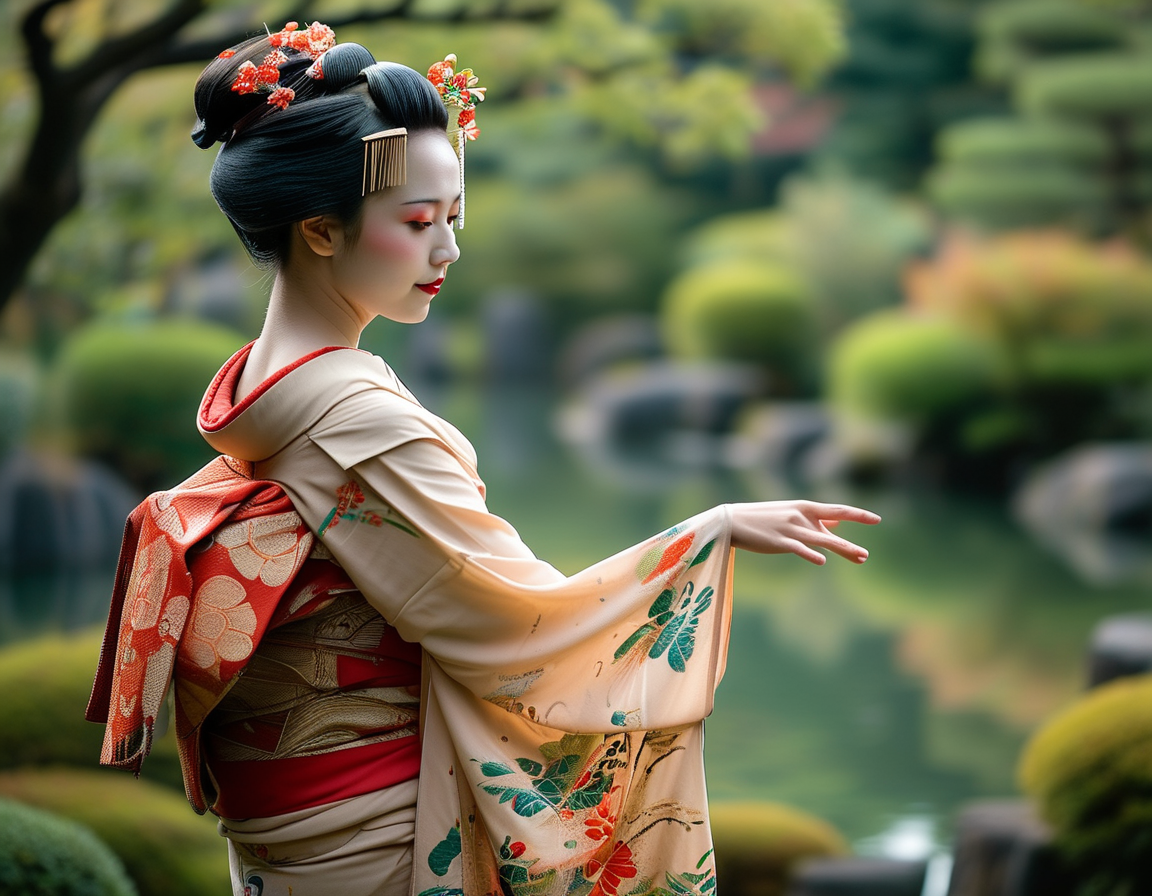
Each maiko lives in an ‘okiya,’ a geisha house. Here, they undergo mentorship, learning from senior geisha. Their training goes beyond skill mastery. Social interactions and etiquette are equally important.
Imagine being a young girl, stepping into a world of tradition. Your life is dedicated to art. The training never ends. Everyday interactions teach lessons too. Each encounter is an opportunity for growth.
The Role of Geisha
Geisha are seen as cultural custodians, not courtesans. They played essential roles in social gatherings. Known as ‘ozashiki,’ these events thrived on their artistry. Engaging, entertaining, and fostering connection is their talent.
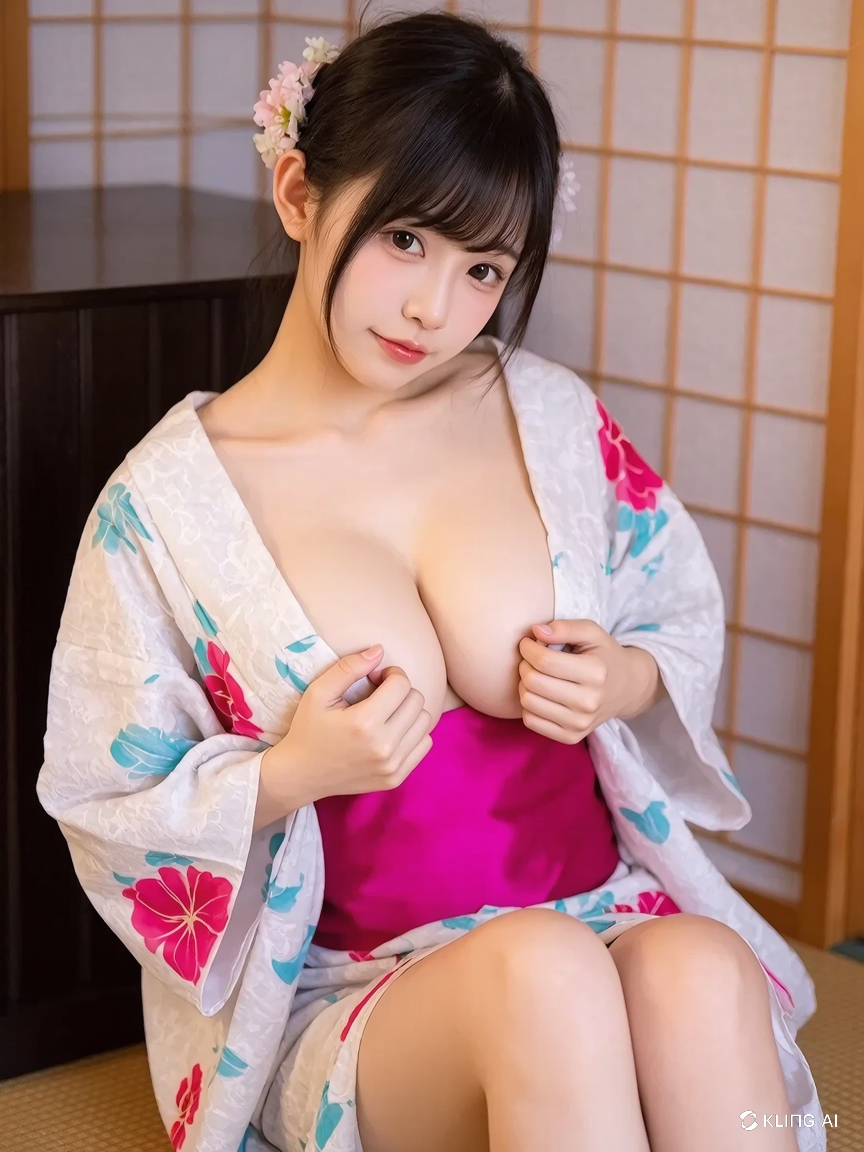
Yet, misconceptions linger about geisha’s true role. Many think all geisha are courtesans. This is a misconception. Geisha gain respect for their intellect and skill. They preserve Japan’s artistic legacy.
Think about their impact today. Are they just entertainers? Or do they hold deeper cultural significance? Engaging with a geisha is a unique experience. Their presence is profound, respectful, and enlightening.
The Intricacies of Geisha Attire
The attire of a geisha is not just beautiful; it’s symbolic. Kimonos made of luxurious silk reflect their status. Each piece is adorned with exquisite patterns.
Accessories play vital roles too. The ‘obi’ is a belt that signifies elegance. ‘Kanzashi’ are hair ornaments, showcasing seasons and themes. And let’s not forget ‘geta,’ the traditional wooden sandals.
Attire tells stories. Each layer reveals something deeper about the geisha. Are they celebrating an occasion or marking a season? Understanding the attire gives insights into their world.
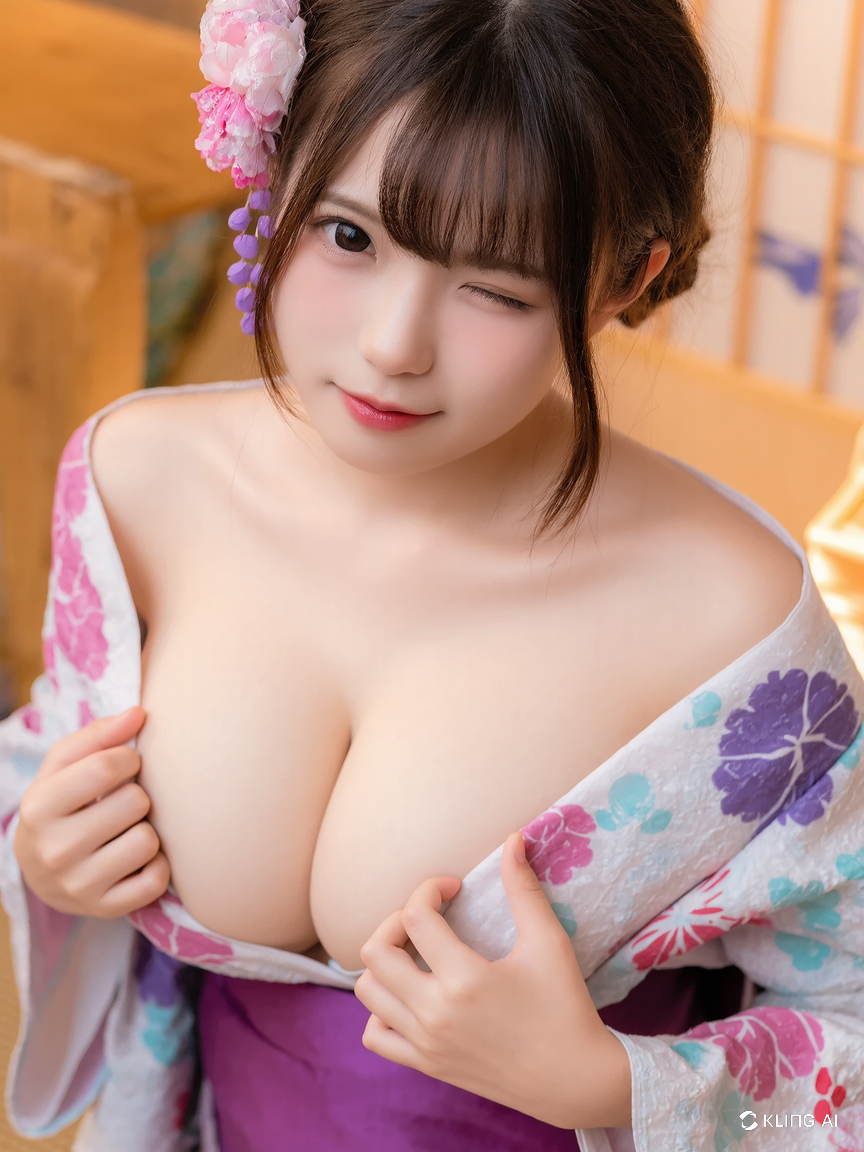
The Decline and Revival of Geisha Culture
The geisha’s prominence began fading in the late 19th century. Western influences drastically changed entertainment forms. Following World War II, many aspects of traditional culture faced decline.
However, the modern world has witnessed a revival. Efforts have emerged to preserve geisha artistry. Today, places like Kyoto’s Gion retain and honor this tradition.
What drives this revival? A yearning for authentic cultural experiences. Tourists and locals seek geisha performances. The magic of their artistry continues to captivate. It raises questions about cultural preservation. What can we learn from their dedication?
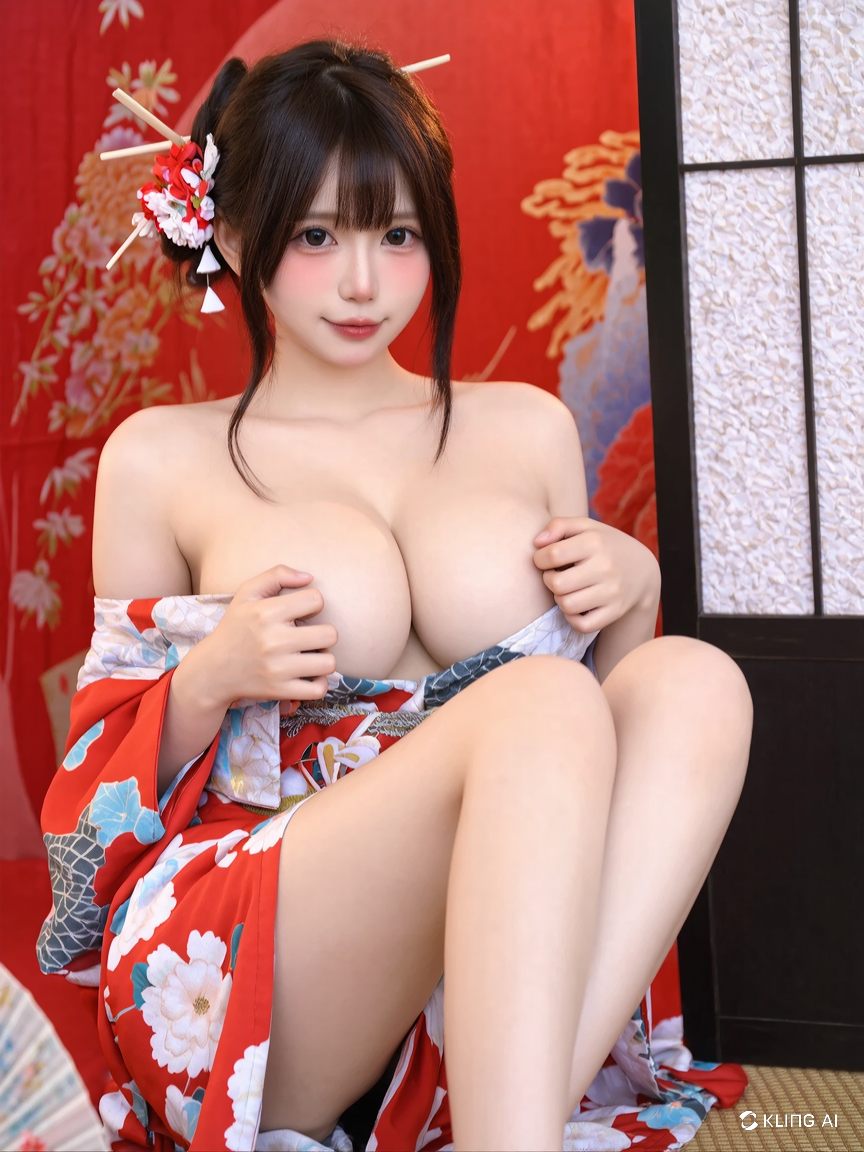
Conclusion: The Legacy and Inspiration of Geisha
Geisha are remarkable women with rich histories. Their lives weave together artistry, tradition, and resilience. The beauty of their existence captivates and inspires.
Cultural preservation is essential. The legacy of geisha continues to influence modern Japan. So, what does the future hold for these cultural icons? Their journey is far from over. As we explore their world, we gain insights into our own cultural identities.

